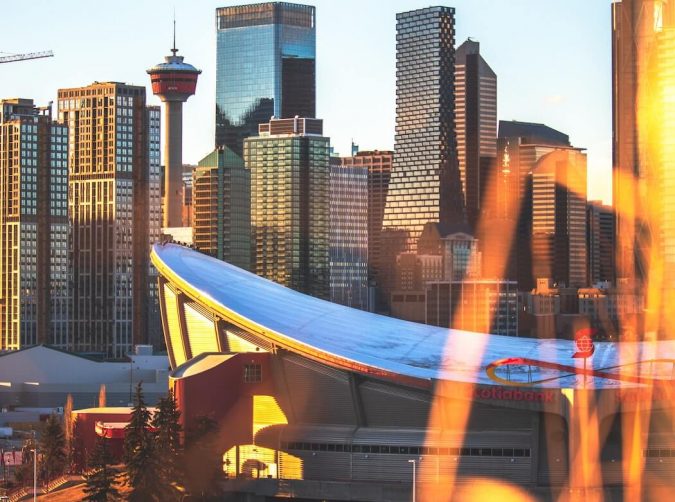
Applications are open to previously initiated projects that stalled “due to the current economic situation.”
Emissions Reduction Alberta (ERA) has committed $50 million to the Circular Economy Challenge meant to advance technology designed to promote low emissions.
The idea is to reduce the impacts of material production, processing, and disposal, and support economic diversification within the oil and gas-focused Alberta.
The Circular Economy Challenge was created to fund projects at the stages of field pilot, demonstration, or first-of-kind commercial implementation. Applications are open to new builds, retrofits, and projects that have been previously initiated but have stalled “due to the current economic situation.” The maximum length for projects is three years from initiation. The deadline to apply is on May 26.
ERA plans to match private contributions to a single project for up to 40 percent of the project’s eligible expenses. Those accepted are eligible for up to $10 million with a minimum request of $500,000.
RELATED: Three Canadian regions ranked among the best global cleantech ecosystems by Startup Genome
Projects may involve components outside of Alberta, but all technology demonstration and deployment activities must occur in the province. These include waste-to-value-add products, high-value material extraction from waste streams, metals recycling and reuse, novel mineral sources, agriculture waste reduction, municipal waste, carbon dioxide conversion or utilization, and advanced plastics recycling and circular plastics technologies.
ERA launched the Circular Economy Challenge at the Globe Forum on Wednesday, with the $50 million coming from the Alberta government’s Technology Innovation and Emissions Reduction (TIER) fund. The provincial government’s TIER system is funded by large industries that pay into the fund when they fail to meet emission targets.
Since it was created in 2009, ERA claims to have invested $796 million toward 220 projects worth $6.5 billion that are helping to reduce greenhouse gas emissions, create competitive industries, and create new business opportunities in Alberta. The organization claims that the projects it has funded so far are estimated to deliver cumulative GHG reductions of over 42 million tonnes by 2030.
Cathy Heron, president of Alberta Municipalities, noted that the funding that comes with the Circular Economy Challenge aligns with the Alberta government’s plan to introduce the Extended Producer Responsibility (EPR) program for single-use plastics and build a local plastic circular economy.
The Circular Economy Challenge is the latest initiative launched by ERA in its mission to help the province deliver on its environmental and economic goals. Some of its past challenges include the Natural Gas Challenge, BEST Challenge, and the Food, Farming, and Forestry Challenge.
Photo by Thiago Terleski on Unsplash
.